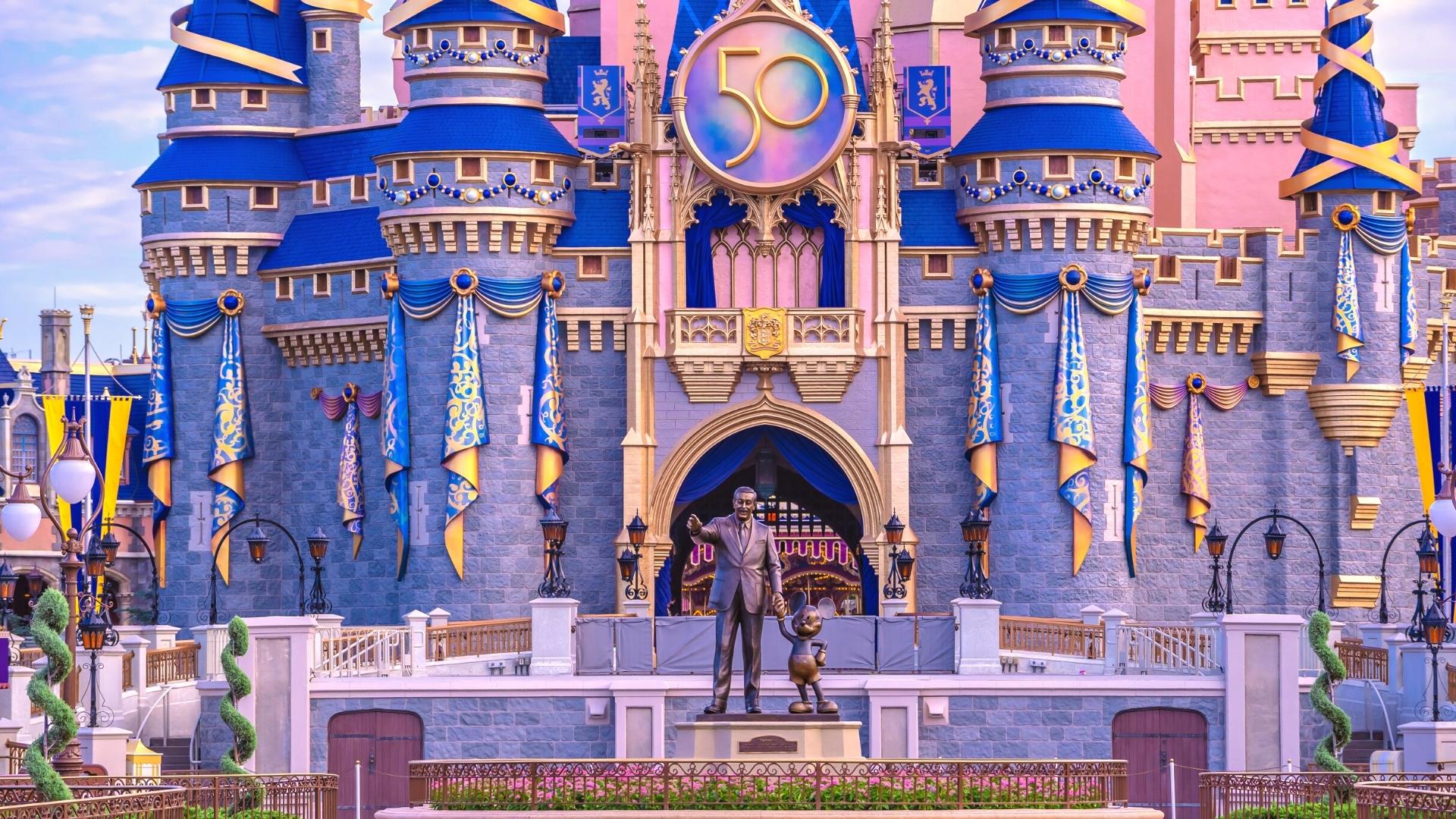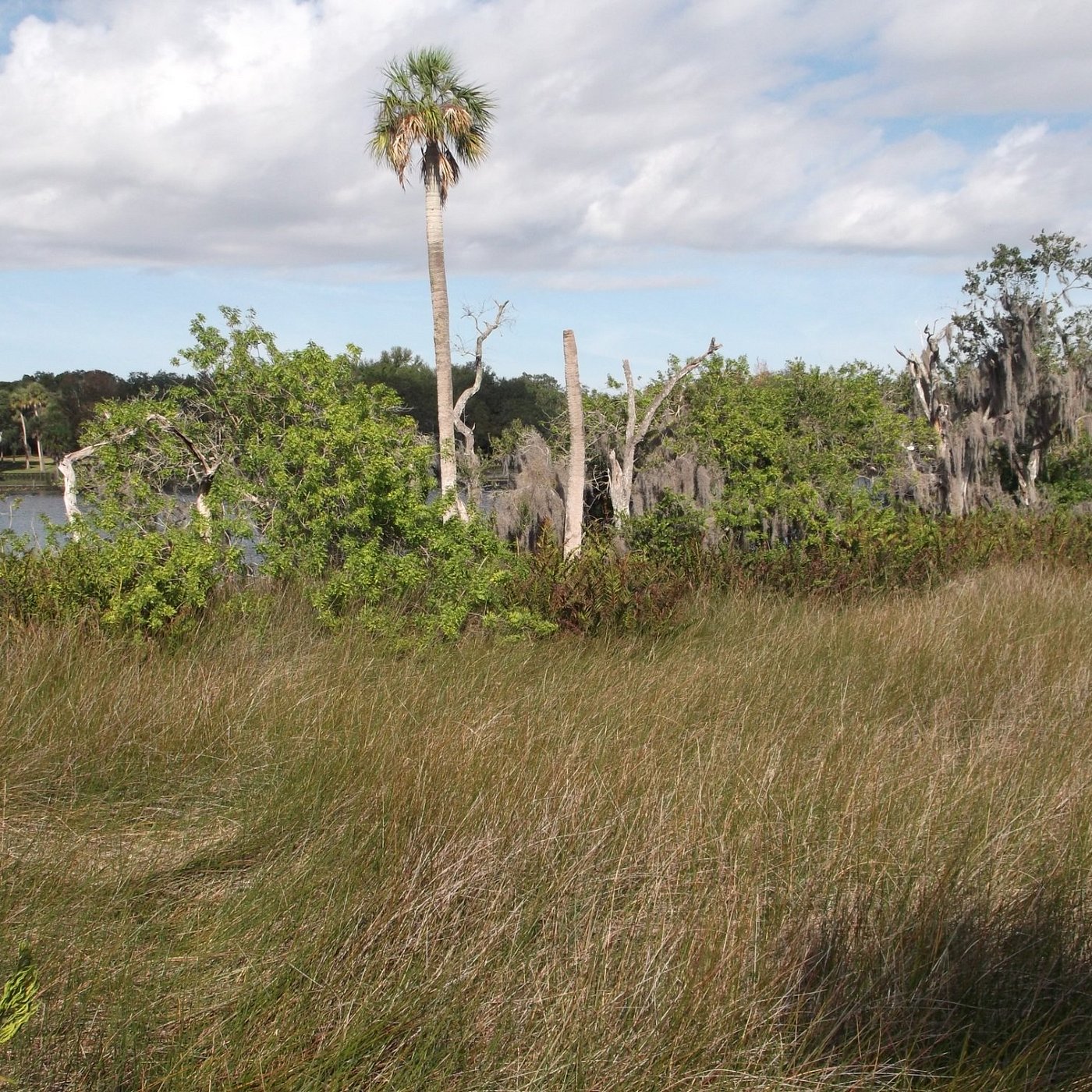Jupiter, Florida, is a stunning coastal town known for its beautiful beaches and vibrant marine life. But did you know it is also famous for its shipwrecks? The waters off the coast of Jupiter hold many secrets, including the remains of old ships that sank long ago. This article will take you on a journey to discover the fascinating stories behind these shipwrecks and why they are so important to both history and the environment.
What Is a Shipwreck?
A shipwreck happens when a ship sinks or is damaged and cannot stay afloat anymore. This can occur for various reasons, such as bad weather, hitting rocks, or even being attacked. Shipwrecks can be exciting to explore because they often become home to many kinds of fish and other sea creatures. They also tell us stories about the past and how people traveled across the ocean. Also read Exploring the Shipwrecks of Jupiter, Florida
The History of Shipwrecks in Jupiter, Florida
The area around Jupiter has a rich history of maritime activity. Many ships sailed these waters for trade, fishing, and exploration. Unfortunately, not all of them made it back safely. Some ships sank during storms, while others met with accidents. The waters near Jupiter have claimed quite a few vessels over the years, creating an underwater museum filled with history.
One of the most famous shipwrecks is the Tiburon, a cargo ship that sank in the late 1800s. It was carrying goods when it ran into trouble. Today, it lies beneath the waves, slowly becoming a reef. This shipwreck, like many others, plays an essential role in the local ecosystem, providing shelter and food for many marine species.
Why Are Shipwrecks Important?
Shipwrecks are important for several reasons. First, they are valuable to historians and archaeologists. These experts study shipwrecks to learn about the past, including how people lived, what they traded, and what materials were used to build ships. Each wreck tells a unique story, revealing details about its time period and the people who used it.
Second, shipwrecks help the environment. When a ship sinks, it often becomes a habitat for fish and other sea life. Coral reefs can grow on the wreck, creating a thriving ecosystem. This is especially important in places like Jupiter, where marine life is rich and diverse. By providing shelter, shipwrecks support local fish populations and help maintain the health of the ocean.
Notable Shipwrecks Near Jupiter
The Lofthus
One of the most famous wrecks in the area is the Lofthus, a Norwegian freighter that sank in 1903. The Lofthus was transporting goods when it met a storm and was wrecked near Jupiter Inlet. Today, divers can explore this shipwreck and see the fascinating marine life that has made it home. The wreck is covered in colorful coral and is often teeming with fish. Divers can spot groupers, snappers, and sometimes even sea turtles swimming around the Lofthus.
The H.M.S. Fowey
Another significant shipwreck is that of the H.M.S. Fowey, a British warship that sank in the 18th century. The Fowey was involved in the American Revolutionary War and played a critical role in naval battles. Its remains can be found in the waters near Jupiter, offering a glimpse into the naval history of the time. Exploring this wreck gives divers and history enthusiasts a chance to connect with the past and understand the challenges faced by sailors during those turbulent times.
The Atocha
The Nuestra Señora de Atocha is perhaps one of the most famous shipwrecks in Florida’s history, although it is not directly in Jupiter. This Spanish galleon sank in the 17th century while carrying treasure from the New World to Spain. While it is located further south, many treasure hunters and history buffs in the Jupiter area are drawn to the story of the Atocha. Its legend has inspired countless adventures and explorations, making it a significant part of Florida’s maritime lore.
Diving into History
Diving into shipwrecks can be an exhilarating experience. For those interested in exploring the underwater world, Jupiter offers many diving tours. These tours are led by experienced guides who know the best spots to see shipwrecks and the marine life that inhabits them.
Before diving, it’s essential to understand a few basic safety rules. Always dive with a buddy, stay within your limits, and follow your guide’s instructions. The thrill of seeing a shipwreck up close is worth it, and being safe ensures a great experience for everyone.
How Shipwrecks Become Artificial Reefs
When ships sink, they often become artificial reefs. This means they provide a place for fish and other sea creatures to live. Many organizations intentionally sink ships to create these reefs. By doing this, they help boost the local fish population and create new areas for divers to explore.
In Jupiter, some shipwrecks were placed there on purpose to enhance the marine environment. These artificial reefs attract fish and divers alike, making the area a hot spot for underwater activities. The combination of history and ecology makes these sites exciting for both tourists and locals.
The Role of Marine Life
Marine life plays a significant role in the ecosystem around shipwrecks. Fish and other creatures find shelter in the wreckage, and over time, coral begins to grow on the metal and wood. This growth provides even more habitat for smaller fish and invertebrates. The shipwrecks become bustling communities of sea life, attracting larger predators and creating a vibrant underwater world.
Exploring these underwater ecosystems is not just about diving; it’s about understanding how important these habitats are to the ocean. When you visit a shipwreck, you’re witnessing a unique interaction between history and nature, where the remnants of human activity have created a thriving environment for marine life.
The Conservation of Shipwrecks
As fascinating as shipwrecks are, they also face threats. Natural erosion, human activities, and pollution can damage these historical sites. That’s why conservation efforts are crucial. Many organizations work to protect shipwrecks and ensure they remain part of our heritage.
In Jupiter, local dive shops and conservation groups often organize clean-up dives to help remove debris from around shipwrecks. This not only helps preserve the wrecks but also keeps the marine environment healthy. By participating in these efforts, divers and ocean enthusiasts can contribute to protecting these underwater treasures.
Visiting Jupiter’s Shipwrecks
If you’re excited to explore the shipwrecks of Jupiter, you have many options. Many dive shops in the area offer guided tours. These tours are perfect for beginners and experienced divers alike. You can choose to snorkel or dive, depending on your comfort level and experience.
Before you go, make sure to check the weather conditions and talk to your dive instructor about the best times to visit. Each season can offer different experiences, from clear waters in the summer to unique marine life in the winter.
A Fun Day at the Beach
Even if diving isn’t your thing, you can still enjoy the beauty of Jupiter’s coastline. The beaches are perfect for relaxing, building sandcastles, or just soaking up the sun. While you’re at the beach, you might even spot some divers exploring the shipwrecks just offshore.
Visiting the Jupiter Inlet Lighthouse and Museum is another great way to learn about the area’s history, including its shipwrecks. The museum has exhibits about the maritime history of Florida, and you can climb to the top of the lighthouse for a breathtaking view of the coast.
Making Memories in Jupiter
Jupiter is more than just a pretty beach town; it’s a place where history meets adventure. Whether you’re diving into the depths to explore shipwrecks or simply enjoying a day in the sun, there’s something for everyone. The shipwrecks of Jupiter, Florida, offer a unique opportunity to connect with the past while appreciating the beauty of the underwater world.
So, next time you find yourself in Jupiter, consider taking a dive into history. Who knows what stories await you beneath the waves? From the tales of the brave sailors who once navigated these waters to the vibrant marine life that now calls these shipwrecks home, there’s an entire world to discover. Enjoy your adventure in Jupiter, and don’t forget to keep your eyes peeled for those hidden treasures beneath the sea!





